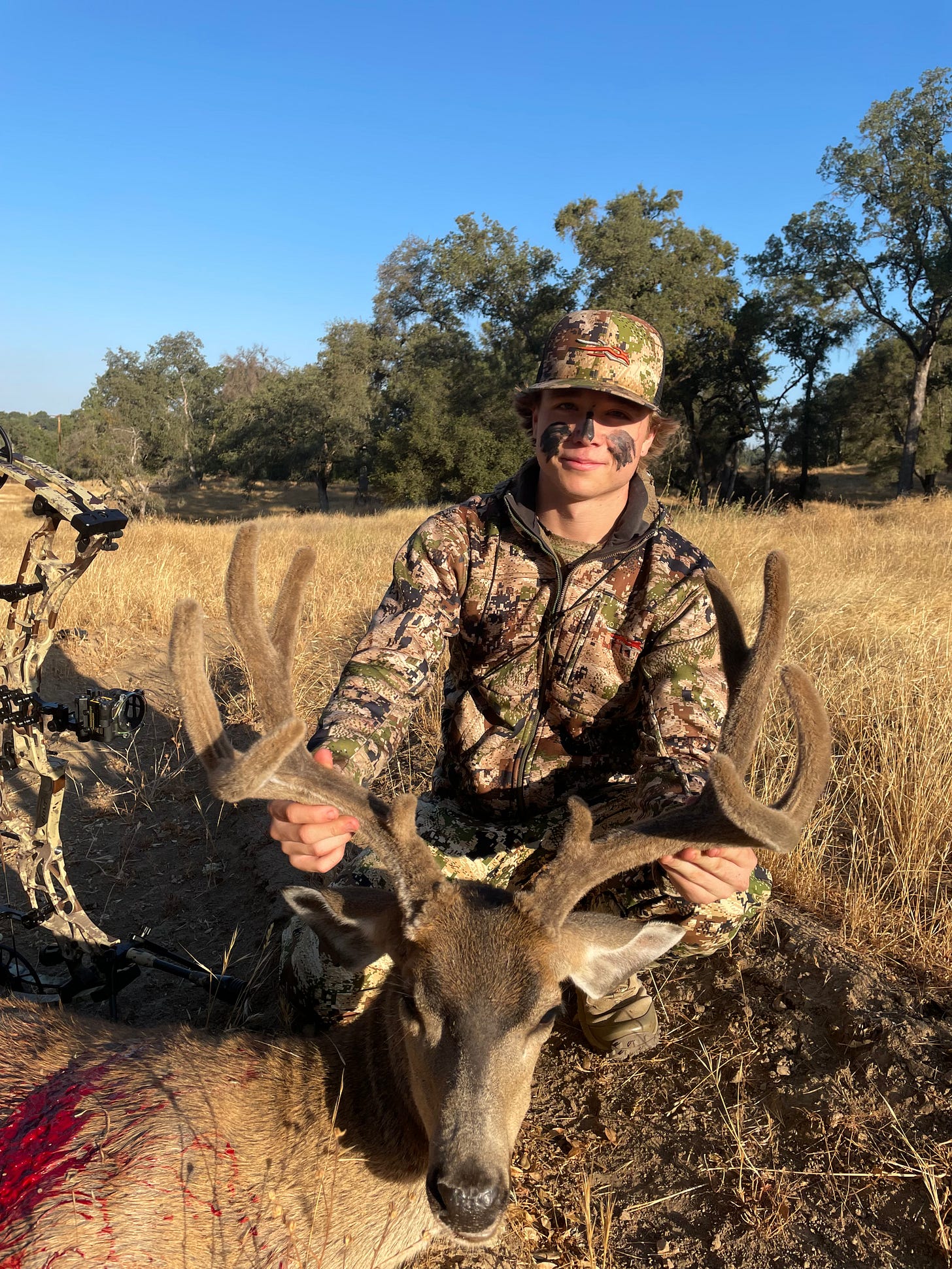First off, a thank you and apologies to everyone who’s taken the time and even plunked down some shekels to support this page early on, only to have me seemingly vanish from the platform over the past few months. So I’ll pick up where I left off last time to explain why.
I mentioned previously that I’d been assigned a long-form piece by the New York Times Magazine exploring mountain lion management and politics in California, through the lens of the attack on my nephews back in March. I’ve since spent virtually all of my writing energy on a deep-dive into the topic, read hundreds of pages of news reports and scientific papers, talked to dozens of people with insight and knowledge and experience, and spent many, many hours channeling that massive info dump into what amounts to the most difficult writing project I’ve ever tackled.
The essay has now been through a couple of edits and the finish line appears to be close. Because the magazine is a weekly feature of the newspaper, I’m hoping the story will appear before the November election, when Coloradans will have a chance to vote against a popular ballot measure that would effectively take science-based lion management out of the hands of Colorado Parks and Wildlife and replicate the present issues in California, which are at literal crisis levels in multiple regions. I break much of this down in the upcoming magazine story, but will note here that another mauling on a young child occurred in a crowded public picnic area at Malibu State Park on September 1, bringing the number of human attacks in the state to 10 in the last four years.
Here’s a link to a well-written, well-reasoned op-ed that succinctly addresses the Pandora’s Box that invariably results from ballot-biology:
Meanwhile, for anyone living or recreating in a region with human-habituated mountain lions (obviously California but also Oregon and Washington on an increasing basis), I strongly suggest that mountain bikers, hikers, joggers, bowhunters, campers, folfers, cross-country skiers and so on equip themselves with pepper spray. Here where I live in the greater Yellowstone region it’s pretty much standard equipment because of the grizzly population, to the point where it’s colloquially known simply as “bear spray.” Unfortunately it’s still not widely regarded as a lion deterrent, nor is it promoted as such by either the manufacturers or various state wildlife departments. Probably this traces from the reality that the mountain lion is generally an ambush predator, but there are now enough examples of head-on, deliberative confrontations to demonstrate that the old canards about predictable lion behavior need revision—and realistic deterrents need to be part of the equation. Check out this footage from the Salt Lake area:
https://www.youtube.com/watch?v=RkV5NRADmYQ
There are other, similar examples online as well, including a confrontational Idaho lion finally hazed off by multiple warning shots. But my point is this—the lions in these incidents, and in the one involving my nephews, all presented plenty of opportunity for a blast of pepper spray, which very likely would have changed the terms of the encounter immediately. Better to have it and not need it, than need it and not have it…
More soon, including info on a significant upcoming podcast appearance relative to the above, and a short, independent essay more in keeping with my original vision for this space. In the meantime, thanks for taking this trip with me—despite the detours…
Oh—one more thing…after twelve consecutive evenings in a ground blind (and a handful of mornings as well), Wyatt stays on track and puts venison back in the larder…amazing and encouraging to see him back on the horse, still living what Teddy Roosevelt called “the Strenuous Life…”






Pepper spray is good. I live in Georgetown very near where Taylen was lost to us. I’ve lived in Georgetown 50 years and raised many types of livestock.This means I have had many interactions with lions over the years. They are all around my house surrounded by BLM land. I have found I feel more secure by having a legal firearm carry license. Interactions with wildlife and especially lions happens very quickly. There is not much time to think things out since it is usually over in a few seconds. Practicing a response reaction is critical, whatever your planned strategy is. A grown mountain lion is an incredibly powerful predator and extremely dangerous and fast. They have lost their fear of people and dogs and don’t seem to have enough deer and territory up country anymore. Their behavior is changing and they are much more aggressive the last 7 years. It also helps to have a large well trained watchdog, although singly they are in danger too, if they don’t realize a lion completely outclassed them. My dog knows, he barks at lions completely differently than bears and other predators. That’s how I know they’re around so much more now. They are not to be toyed with, even though they are extremely beautiful. A cat is very unpredictable if nothing else.
I can't wait to read the magazine piece!